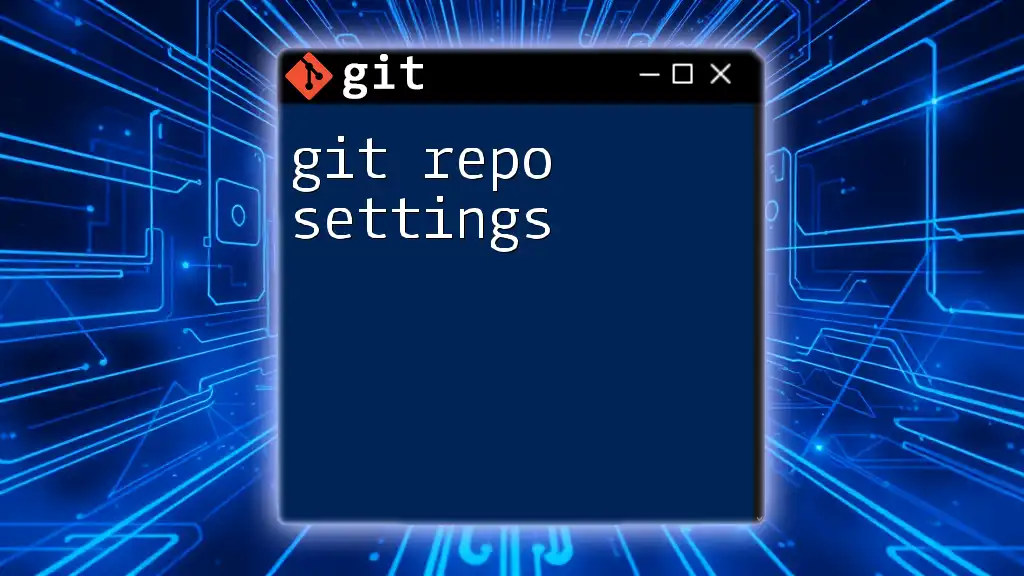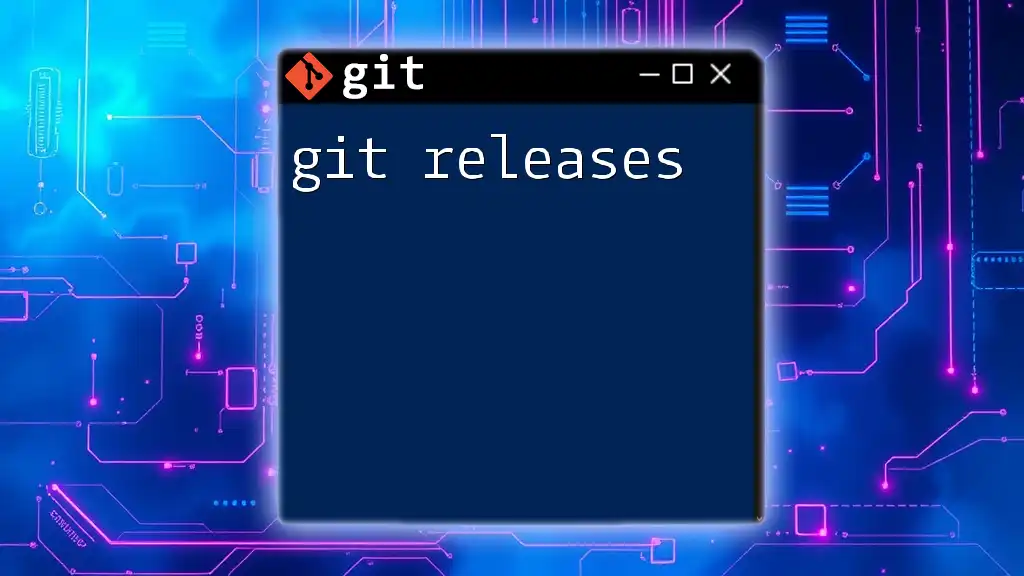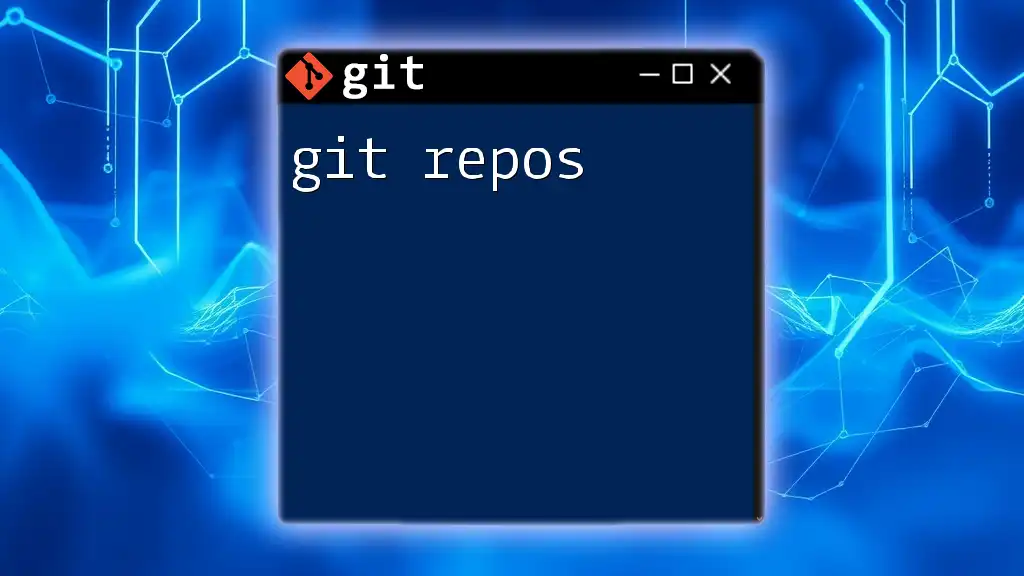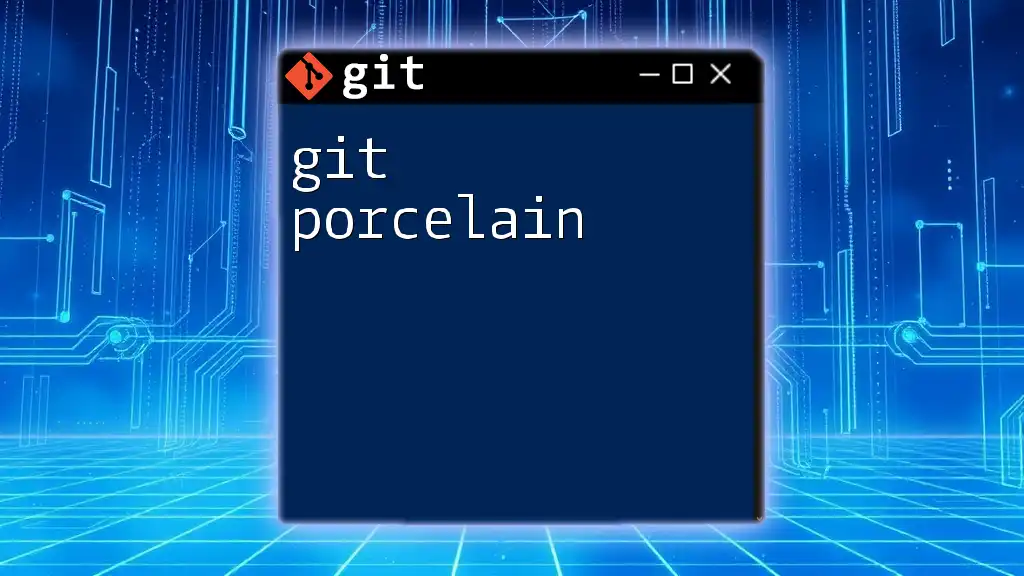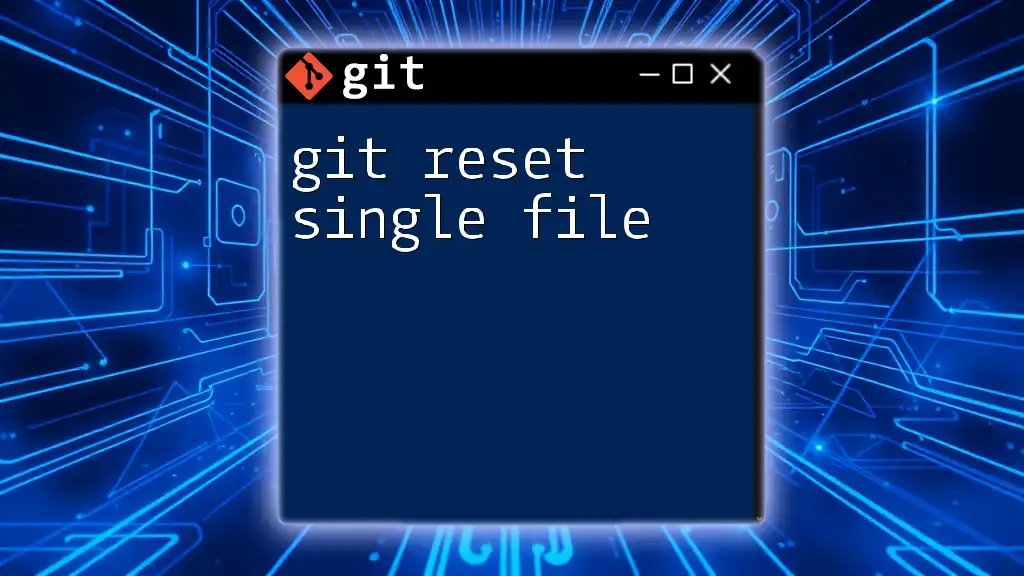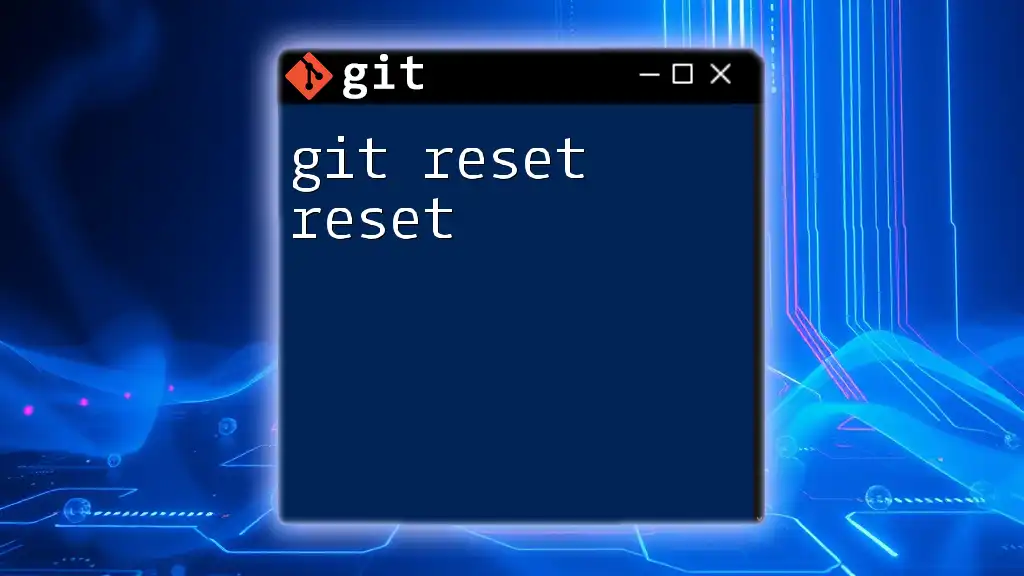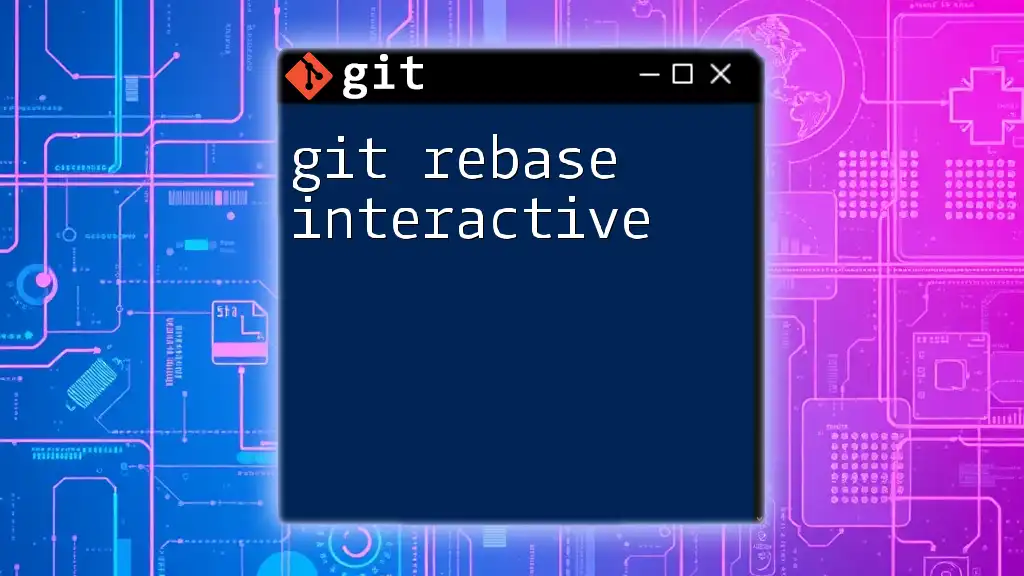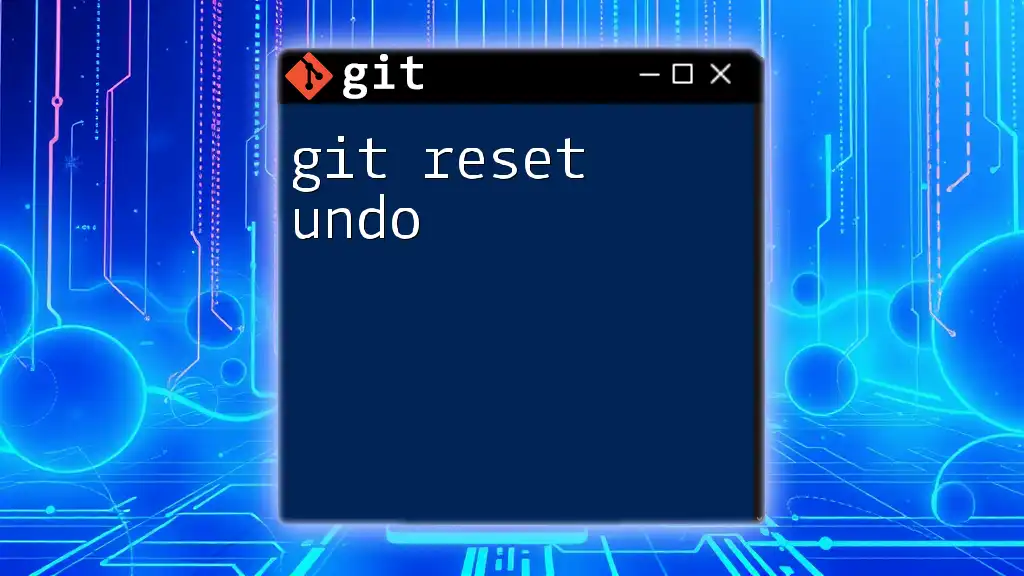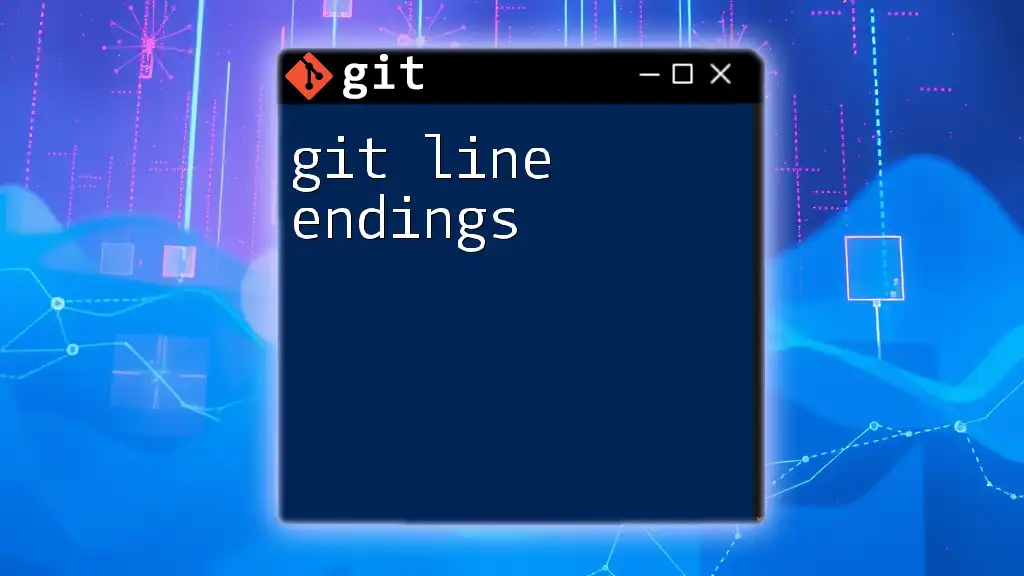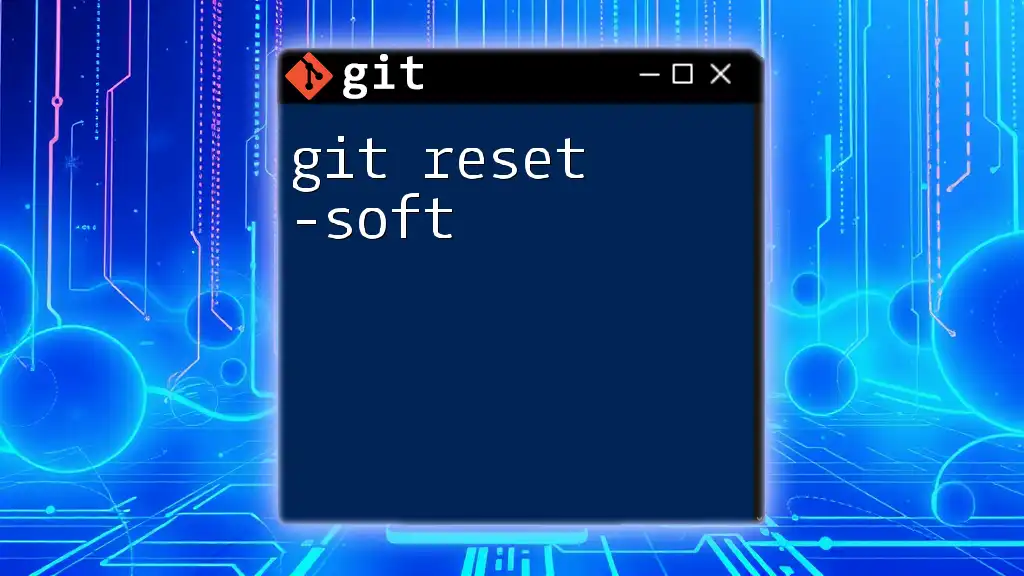Git repository settings allow you to configure various options for your repository, such as setting user information, ignoring files, and defining repository behavior.
Here's a code snippet to set your username and email for commits in a specific repository:
git config user.name "Your Name"
git config user.email "your.email@example.com"
Understanding Git Repositories
What is a Git Repository?
A Git repository, or “repo,” is a place where your project’s version history is stored. Each repository contains all the project files and the entire revision history, allowing you to track changes, collaborate with others, and manage project versions effectively. There are two primary types of Git repositories to understand: local and remote.
- Local Repositories: These are stored on your own computer. You interact with them using commands in your terminal.
- Remote Repositories: These are hosted on online platforms like GitHub, GitLab, or Bitbucket, enabling collaboration with others.
The core of every Git repository is the `.git` directory, which contains all of the repository's configurations, branches, and history.
Types of Git Repositories
There are two distinct repository types you should be aware of:
-
Bare Repositories: These do not have a working directory and are commonly used for sharing and collaboration. They are typically stored on remote servers.
-
Non-Bare Repositories: These come with a working directory, allowing you to make changes locally and have a more extensive interaction with the files.
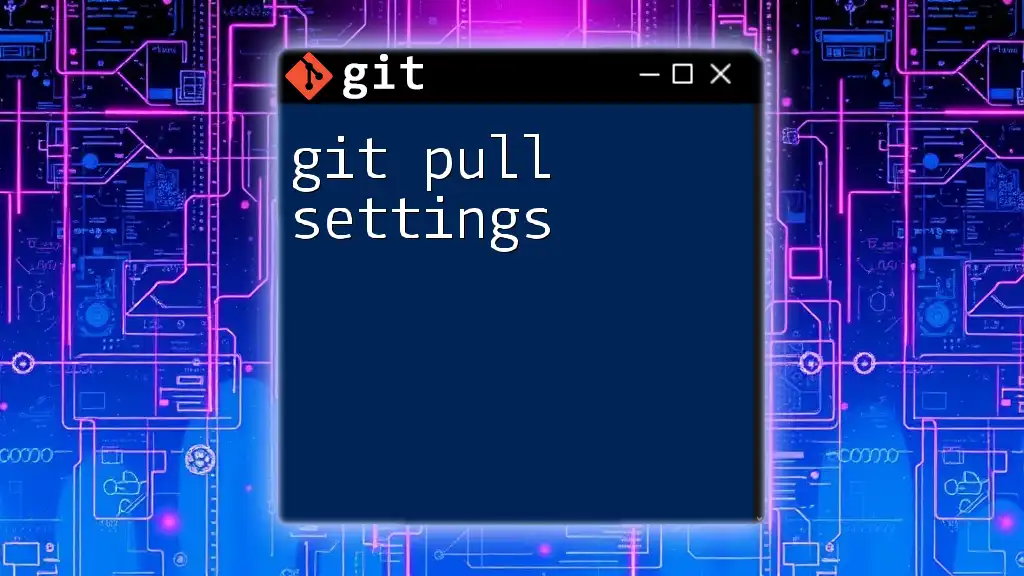
Exploring Git Repository Settings
Accessing Repository Settings
To view your repository settings, you can access them via the command line. This provides an overview of your current Git configurations. The following command lets you see all settings:
git config --list
This command will display a list of configurations, such as user name, email, and various other repository-specific settings.
Configuring User Information
Setting Your Name and Email
The first step in configuring your Git repo settings is establishing your identity. This is crucial because every commit you make will be linked to your name and email address. Use the following commands to set your global user name and email:
git config --global user.name "Your Name"
git config --global user.email "your.email@example.com"
Using the `--global` flag sets these values for all of your Git repositories. Make sure to use the same email account associated with your online Git profile to ensure consistent identity across projects.
Importance of Consistent Identity
When collaborating on projects, having a consistent identity helps others recognize your contributions. It fosters clear attribution and accountability, which is especially important in open-source projects.
Configuring Default Behavior
Line Endings
One of the common pitfalls when collaborating across different operating systems involves line endings. Git's `core.autocrlf` configuration helps manage this issue:
- For Windows systems: It's recommended to set `core.autocrlf` to `true` to convert LF to CRLF on checkout.
- For Unix-based systems: Set this to `input` to ensure that CRLF formats are converted to LF on commit.
You can set these configurations with the following commands:
git config --global core.autocrlf true # For Windows
git config --global core.autocrlf input # For Unix-based systems
By setting these options, you minimize issues related to file formats when different contributors use different operating systems.
Color Output
Making the output from Git commands easier to read can greatly enhance your command line experience. You can enable colorization with:
git config --global color.ui auto
This setting helps you distinguish between different types of output visually, making it easier to read error messages, branch names, and more.

Working with Branch Settings
Default Branch Configuration
Setting the Default Branch Name
Traditionally, the default branch in Git was called `master`. However, many projects now use `main` as the default branch to promote inclusivity. You can set this default branch for all your future repositories with:
git config --global init.defaultBranch main
Using a friendly default branch name can simplify collaboration, as it sets clear expectations for where the primary development happens.
Branch Behavior
Merging vs. Rebasing
When integrating changes from one branch to another, you have the choice between merging and rebasing. Each method has its own advantages, and you can set your preferences for how `git pull` will behave:
git config --global pull.rebase true # For rebasing
Rebasing keeps a cleaner project history, while merging preserves the full context of changes over time. Decide which method best aligns with your team's workflow and configure accordingly.
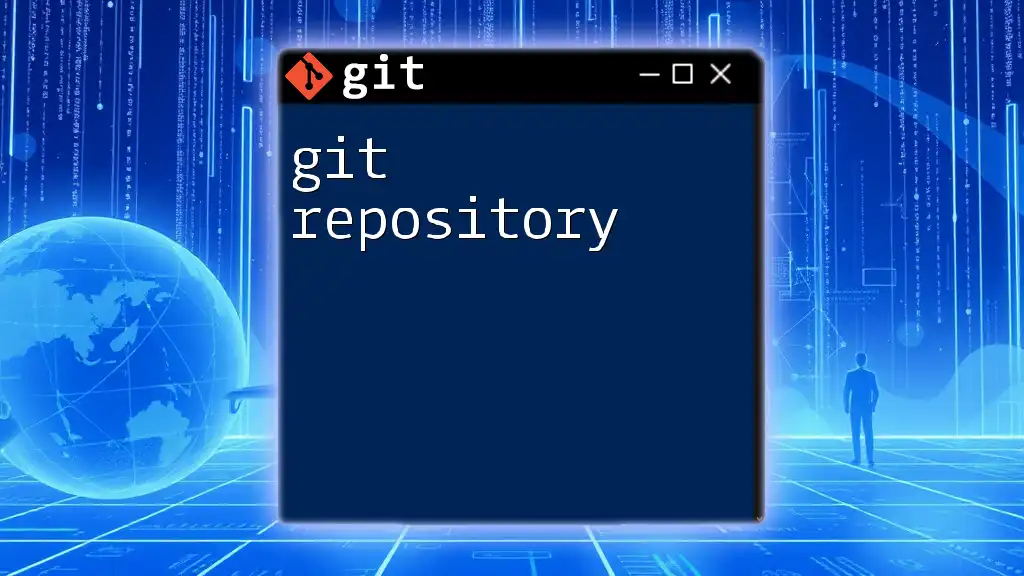
Remote Repository Settings
Adding Remote Repositories
Remote repositories enable collaboration and version control in shared projects. To add a remote repository, use:
git remote add origin https://github.com/username/repo.git
This command establishes a remote connection named `origin`, which is a common convention for the primary remote repository.
Fetching and Pushing Changes
To synchronize your local repository with the remote, you will need to fetch and push changes frequently. Start by fetching updates:
git fetch origin
Then, to push your local changes to the remote repository for the first time, set the upstream:
git push -u origin main
This establishes a tracking relationship between your local branch and the remote branch, enhancing your workflow and reducing the need for additional arguments in future pushes.
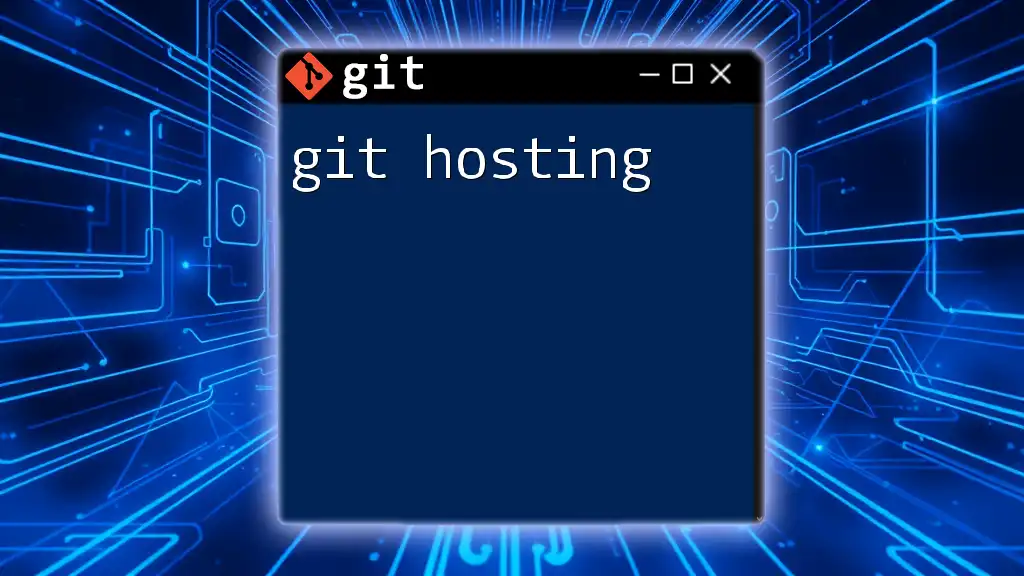
Handling Repository Permissions
Understanding User Permissions
When working with shared or public repositories, managing permissions for collaborators is essential. This involves granting or restricting access, ensuring project integrity, and preventing unauthorized changes.
Configuring SSH and HTTPS Access
Setting Up SSH Keys
Using SSH keys for authentication can simplify access to remote repositories. Follow these steps to generate and configure your SSH keys:
ssh-keygen -t rsa -b 4096 -C "your.email@example.com"
Once generated, add the new SSH key to your Git profile on platforms like GitHub. This allows for secure, password-less authentication.
Using HTTPS for Repository Access
Alternatively, if you prefer using HTTPS, it's beneficial to set up credential caching. This configuration stores your credentials, so you don’t have to enter them each time you push or pull:
git config --global credential.helper cache
This simplifies your workflow and enables you to focus on coding rather than repeatedly entering credentials.
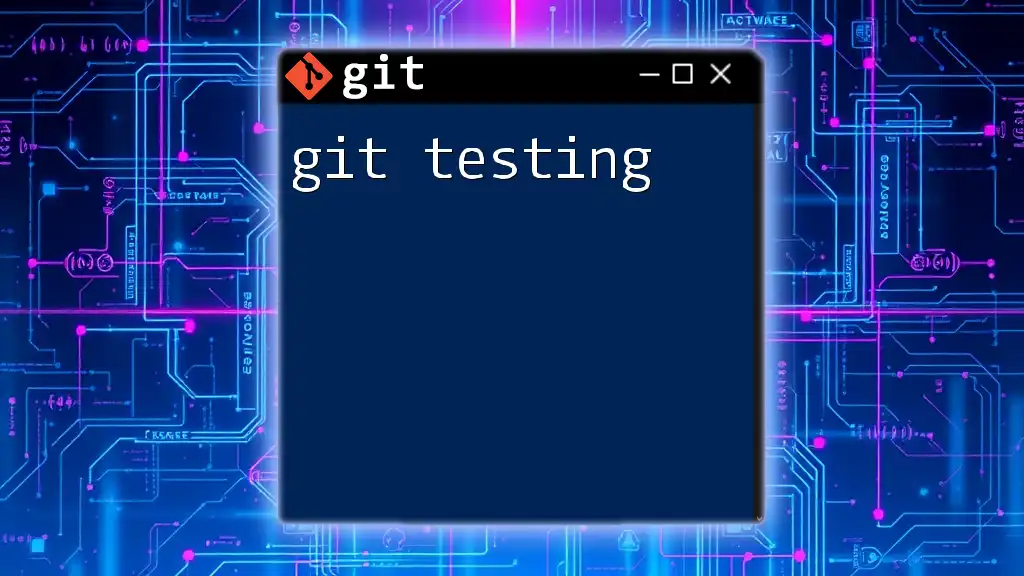
Advanced Repository Settings
Hooks
What Are Git Hooks?
Git hooks are scripts that execute automatically on certain Git events (e.g., before a commit, after a push). These can be useful for enforcing rules or automating tasks during the development workflow.
Setting Up a Hook Script
Here's a simple example of a pre-commit hook that runs checks before allowing a commit:
#!/bin/sh
echo "Running pre-commit checks..."
Place this script in the `.git/hooks/pre-commit` file of your repository to activate it. Customize it further according to your project's needs.
Custom Aliases
Why Use Aliases?
Creating custom command aliases can significantly speed up your Git workflow, making complex commands easier to remember and type.
Creating an Alias
For example, you can create an alias for the `checkout` command to simplify its usage:
git config --global alias.co checkout
With this alias, instead of typing `git checkout`, you can simply use `git co`, saving time during development.
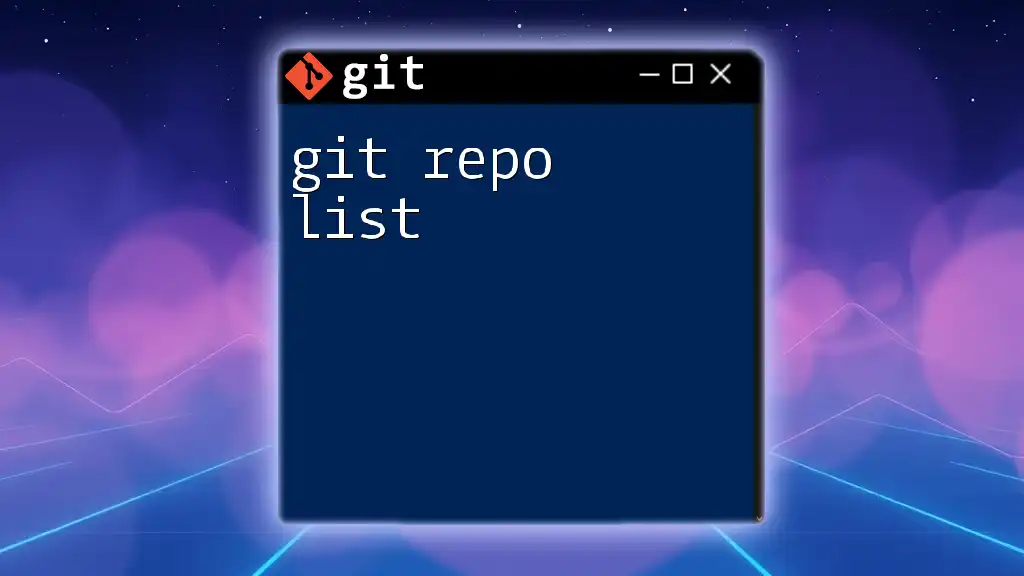
Troubleshooting Common Git Repository Issues
Resolving Configuration Errors
Misconfigurations can disrupt your workflow. Common issues include incorrect user details or merge conflicts. Regularly check your Git settings with `git config --list` to ensure everything is configured correctly.
Adjusting Repository Settings on the Fly
Sometimes, you may wish to override configurations temporarily. You can do so by directly passing command-line options that take precedence over those set in your config files.
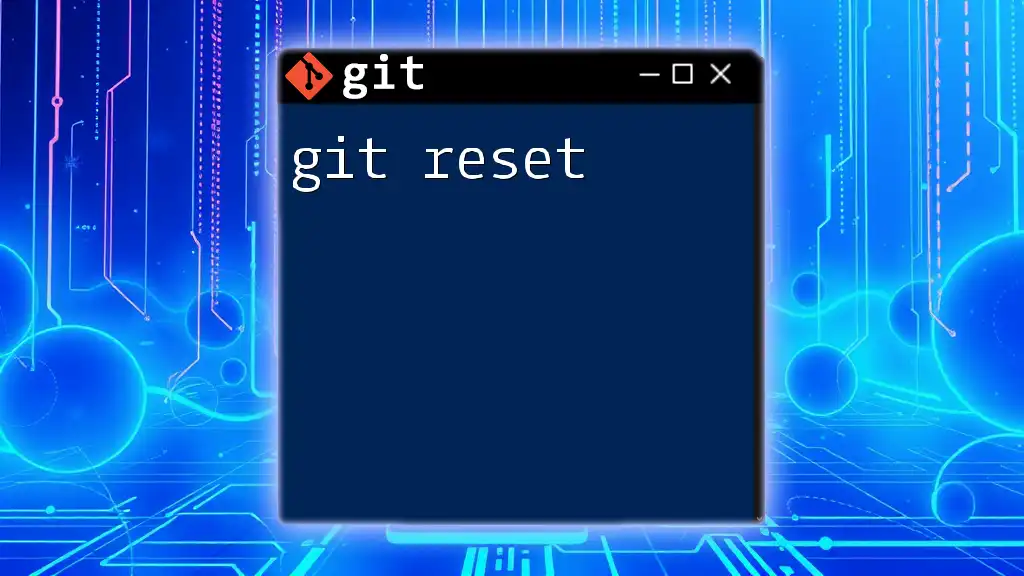
Conclusion
Understanding git repo settings is crucial for managing projects effectively and collaborating with others. From configuring user information to handling remote repositories and advanced settings, mastering these concepts can significantly improve your productivity with Git. Don’t hesitate to experiment with these settings and personalize your Git experience for optimal results. For further mastery, consider signing up for dedicated Git command training to deepen your knowledge and skills!
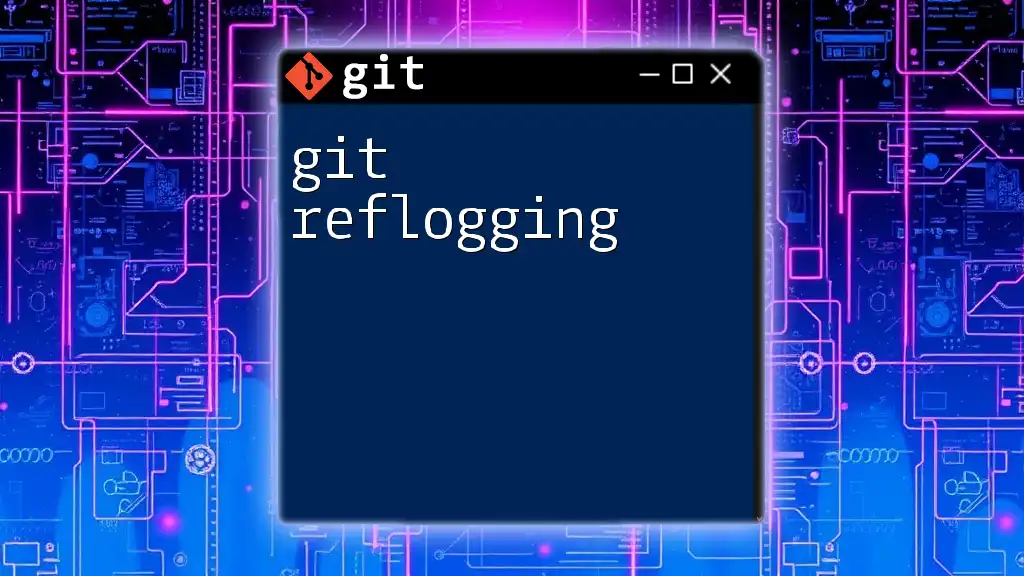
Additional Resources
Refer to the official Git documentation for a more thorough understanding of Git concepts and practices. Online tutorials and courses can also provide valuable insights into advanced Git usage and best practices.

